SPEEDING TOWARDS THE FUTURE WITH AUSTRALIAN RAIL PROJECT
14 Nov 2017
In an ambitious new plan, private group CLARA (Consolidated Land and Rail Australia) have proposed five completely new cities to link together Canberra, Sydney and Melbourne, in order to create a super high-speed rail network.

The cities would be completely sustainable, classified as “SMART” cities, and will be located across eastern Australia – two in Victoria along the Melbourne and Greater Shepparton route, and three in NSW. Using Japanese Maglev technology, trains will travel at speeds of up to 430km/hr with the goal for a rail trip between Sydney and Melbourne to take a grand total of only two hours, and trips between Sydney and Canberra only a staggering 48 minutes.
The two Victorian cities are estimated to cost $51 billion and those in NSW around $75 billion.
CLARA has already received local government support: two councils along the Melbourne to the Greater Shepparton Region area (Greater Shepparton Council and Strathbogie Shire Council), and three councils along the Sydney to Canberra area (Goulburn Mulwaree Shire Council, Yass Valley Shire Council and Cootamundra Gundagai Regional Council).
The federal government recently released the Faster Rail Initiative Prospectus which seeks submissions for the co-funding of faster national rail projects. According to CLARA chief executive, Nick Cleary, the government has announced that $20 million would be distributed in order to release pressure from capital cities, boost regional economies and open up land in order to create more housing. “The proposal and the federal government’s Faster Rail Initiative Prospectus provide an exciting opportunity for collaborative national leadership,” he said. “CLARA is excited to have the support of these relevant councils, but to succeed, CLARA is seeking support from all levels of government, working together to progress proposals like ours that can rebalance the Australian settlement.” 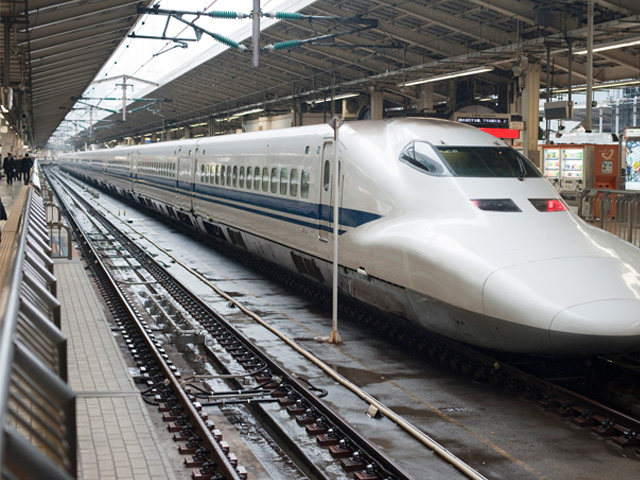
The plan is extensive, both in size and time. The rail line will run from Melbourne to Shepparton, with separate lines gradually being included and branching off to Canberra, Goulburn, and terminating in Sydney. The project is planned to begin in 2021, with some cities becoming operational by 2026, and is estimated to be a 30-year construction job, with CLARA aiming by the 2040s to have completely established the Sydney to Melbourne line.
Almost 20,000 hectares have already been secured for the development of the new sites, including the rail-lines.
Cleary explains that most of the funding for the project will come from Asia due to the perceived value the new cities will have on tourism, trade and the economy. “When we turn [the purchased areas] from agricultural land to high-value residential, retail, commercial and industrial land, the value created from that is ample enough to give us the resources to offset the capital costs of the large-scale infrastructure. This is the high-speed rail, but also the major infrastructure in each of our cities.” 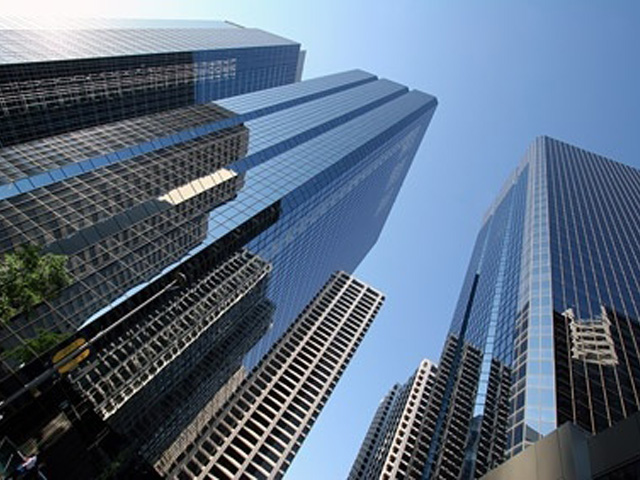
As each city is estimated to have a maximum of 400,000 thousand people, creating a place with a solid mix of residential (high-rise and houses) and communal spaces will place around $3 billion into infrastructures such as water and waste systems, sporting facilities, arts and culture, emergency and medical services, and schools. Builders and landscapers will reap the economic benefits and the new cities will significantly spread out living space and ease the fears of overpopulation for Australia’s main cities. The cities will have between 5000 and 10,000 jobs, provided by US technology firms and infrastructure companies even before residency takes place.
“That would provide our anchor,” Cleary says. “So, when each of these cities open, there won’t be one job, there will be 10,000 jobs that have been relocated from somewhere else in the world.
“Small and medium enterprises need that anchor to get started,” he continues. “What 10,000 jobs means to us is a city of 25,000 people — they have demands for emergency services, schools, shopping, hospitality — all of these things create growth from day one.”
While the project is highly ambitious, it would see a great shift and rebalance in Australian living. If it succeeds, Australia could instantly rise to the height of technological development, alongside highly advanced countries such as Japan, China and the US.

MORE NEWS
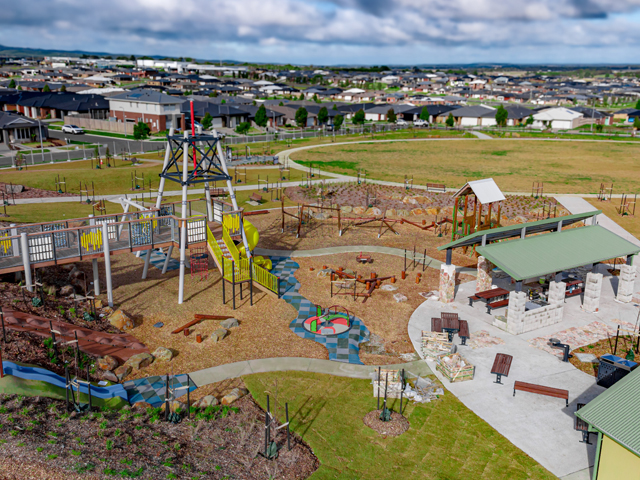
STRIKING GOLD IN BALLARAT
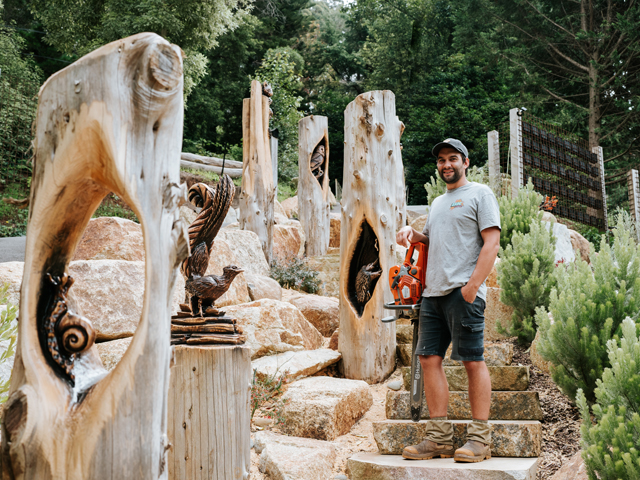
WOOD CARVING WITH BRANDON KROON

HARNESSING THE POWER OF DESIGN TO TRANSFORM CITIES
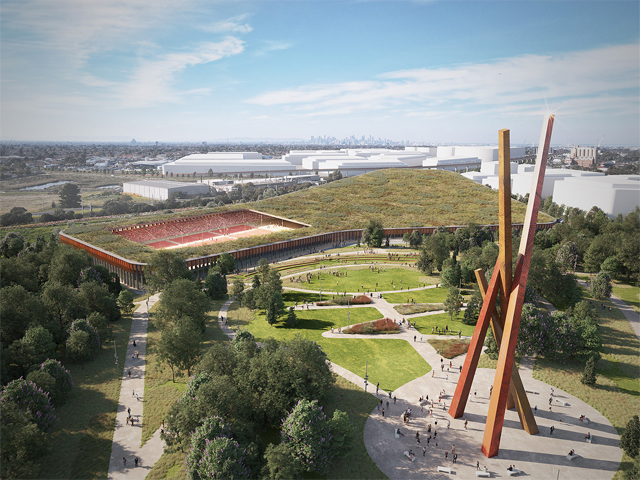
MELBOURNE'S NEW PARK ON A FORMER LANDFILL SITE
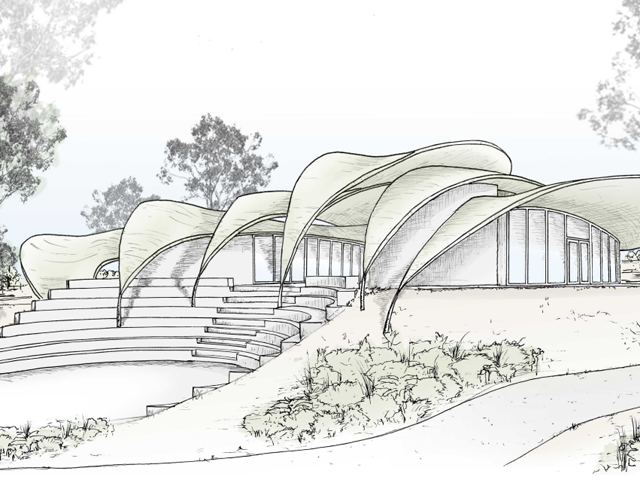
JARRAHDALE TRAIL CENTRE TAKES DESIGN CUES FROM NATIVE FLORA

